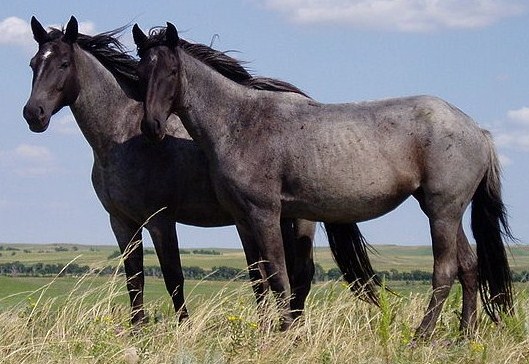By: Lacey Noterman, Livestock Extension Agent
The Kansas Department of Agriculture is reminding Kansas Poultry producers to remain vigilant in their biosecurity practices. This applies to everyone from commercial poultry growers to backyard flock owners and 4-H poultry members. It is critical that everyone takes proper steps to isolate their birds and wild waterfowl migrating. HPAI is caused by an influenza type A virus, which can infect poultry (chickens, turkeys, pheasants, quail, domestic ducks, geese, and guinea fowl) and is carried by fee flying waterfowl such as ducks, geese and shorebirds.
Avian influenza is contagious. It exists naturally in many wild birds and can be transmitted by contact with infected birds or ingestion of infected food or water. Although extremely rare, humans and other mammals can be vulnerable to the disease.
Avian influenza is caused by influenza Type A virus (influenza A). Avian-origin influenza viruses are broadly categorized based on a combination of two groups of proteins on the surface of the influenza A virus: hemagglutinin or “H” proteins, of which there are 16 (H1-H16), and neuraminidase or “N” proteins, of which there are 9 (N1-N9). Many different combinations of “H” and “N” proteins are possible. Each combination is considered a different subtype, and related viruses within a subtype may be referred to as a lineage. Avian influenza viruses are classified as either “low pathogenic” or “highly pathogenic” based on their genetic features and the severity of the disease they cause in poultry. Most viruses are of low pathogenicity, meaning that they cause no signs or only minor clinical signs of infection in poultry.
If you suspect your flock contracted the disease, quarantine the affected birds and area immediately. Notify your veterinarian of any suspected cases. Unfortunately, there is currently no effective treatment of the disease.
Ways to Prevent HPAI
- Keep wild birds and contaminated birds away from your home or farm
- Stay informed about the health of neighboring birds
- New birds to your farm should be isolated
- Restrict unauthorized traffic on and off your farm
- Thoroughly disinfect any material entering and leaving the farm
Be a flock defender! Biosecurity is the key to keeping our nation’s poultry healthy. USDA’s Defend the Flock education program offers free tools and resources to help everyone who work with or handles poultry follow proper biosecurity practices. These practices will help keep your birds healthy and reduce the risk of avian influenza and other infectious diseases.
For more information on culling strategies, contact Lacey Noterman, K-State Research and Extension Wild West District Livestock Agent at lnote@ksu.edu or stop by your local extension office.

 Coyotes are members of the dog family or Canidae and are much like dogs in many of their habits. The scientific name of the coyote, Canis Latrans is Latin for “barking dog.”
Coyotes are members of the dog family or Canidae and are much like dogs in many of their habits. The scientific name of the coyote, Canis Latrans is Latin for “barking dog.”
